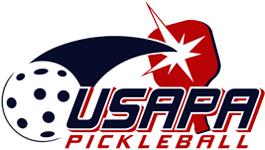There are a variety of reasons pickleball is winning the popularity battle, but the single biggest factor is the aging of the baby boom generation. As this large demographic moves into retirement, they are looking to retain an active and social lifestyle. Pickleball is winning them over for 5 reasons:
- Pickleball is less about athleticism and more about strategy and placement.
- Pickleball is more social, with a smaller court enabling talk among players. Games are quicker allowing players to gather while waiting their turn.
- The pickleball is slower but still fast enough to have fast volley action.
- Pickleball rallies last longer due to the smaller court and slower ball.
- You don’t have to go so far to chase a ball.











































